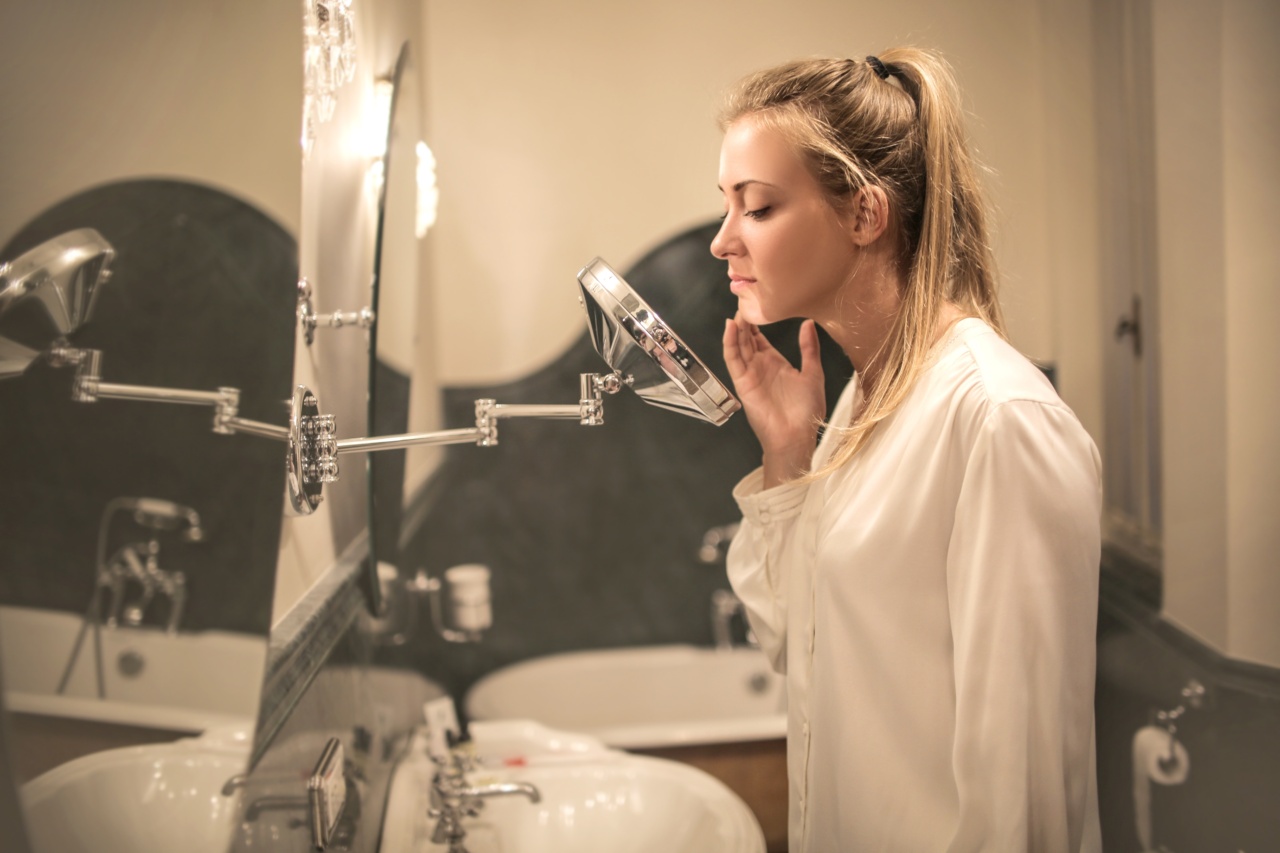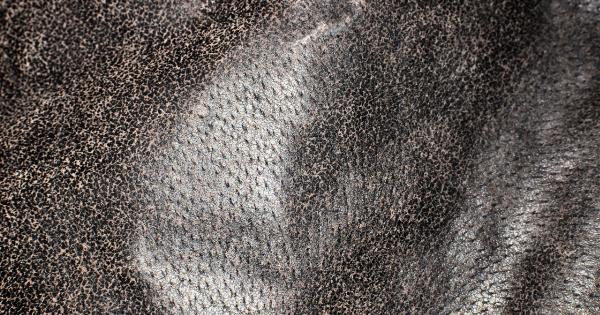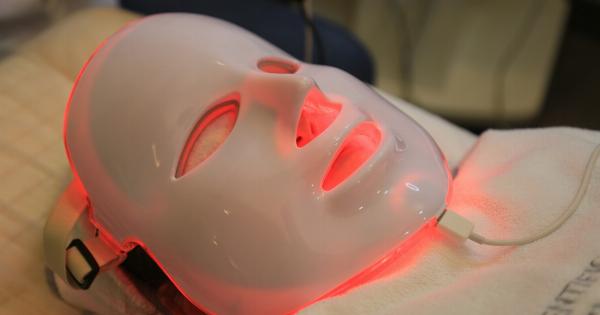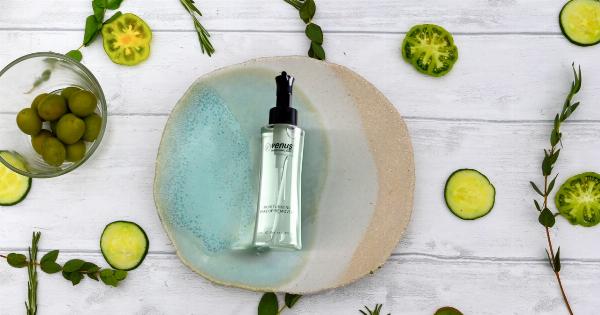When it comes to achieving clear and healthy skin, most people focus on skincare products, diet, and lifestyle choices. However, one often overlooked factor that can greatly impact the condition of your skin is your pillowcase.
Yes, you read that right! Your pillowcase plays a significant role in the overall health and appearance of your skin. Let’s explore why your pillowcase matters and how you can ensure a fresh and clean surface for your face to rest on each night.
The Importance of a Clean Pillowcase
Our pillowcases come into direct contact with our faces for several hours every night. During this time, they accumulate oil, sweat, dirt, bacteria, and even remnants of skincare products.
When we repeatedly lay our faces on a dirty pillowcase, it can lead to several skin issues, including acne, breakouts, irritation, and even skin infections. Therefore, maintaining a clean pillowcase is crucial for maintaining clear and healthy skin.
Preventing Acne and Breakouts
One of the primary ways a dirty pillowcase can affect your skin is by contributing to acne and breakouts. The accumulation of oil, sweat, and bacteria on your pillowcase can transfer onto your skin, clogging your pores, and leading to inflammation.
This, in turn, can result in pimples, blackheads, and whiteheads. By regularly changing your pillowcase and keeping it clean, you can significantly reduce the risk of acne and breakouts.
Reducing Skin Irritation
It’s not just the bacteria and dirt on a dirty pillowcase that can cause skin issues. The fabric itself can also play a role in skin irritation.
Rough or abrasive pillowcases can cause friction against your skin, leading to redness, sensitivity, and even rashes. Opting for a soft, breathable, and hypoallergenic pillowcase can help minimize skin irritation and promote healthier skin.
Avoiding Allergens and Irritants
If you suffer from allergies or have sensitive skin, a dirty pillowcase can exacerbate your symptoms. Dust mites, pet dander, pollen, and other allergens can accumulate on your pillowcase and trigger allergic reactions.
Moreover, chemical residues from laundry detergents and fabric softeners may also irritate sensitive skin. Regularly washing your pillowcase with hypoallergenic products can help prevent these issues and provide a cleaner sleeping environment.
Choosing the Right Pillowcase Material
The type of fabric you choose for your pillowcase can make a difference in the health of your skin. While silk pillowcases are often touted for their beauty benefits, they may not be suitable for everyone.
Silk can be too slippery, causing your face to slide across the pillow and potentially leading to sleep creases. Instead, opt for a high-quality, 100% cotton pillowcase. Cotton is breathable, gentle on the skin, and helps absorb excess oil. It also allows your skin to breathe better while you sleep, reducing the risk of clogged pores.
How Often Should You Change Your Pillowcase?
The frequency with which you should change your pillowcase depends on various factors, including your skin type, lifestyle, and personal preference. However, as a general guideline, it is recommended to change your pillowcase at least once a week.
If you have acne-prone skin or if you sweat heavily during sleep, consider changing it every two to three days. Remember, the longer you go without changing your pillowcase, the more time dirt, bacteria, and oils have to build up on its surface.
Tips for Maintaining a Fresh Pillowcase
Now that you understand the importance of a clean pillowcase, here are some tips to help you maintain a fresh and skin-friendly sleeping surface:.
1. Stock Up on Pillowcases
Having multiple pillowcases on hand can make it easier to switch them out regularly. Aim to have at least two to three pillowcases per person. This way, you will always have a spare clean one while the others are in the wash.
2. Wash Your Pillowcases Properly
When washing your pillowcases, use a gentle detergent that is free from harsh chemicals and fragrances. Avoid using too much detergent, as residue can be left behind, irritating your skin.
Additionally, consider using a hypoallergenic fabric softener or dryer sheets to minimize potential skin irritation.
3. Handle Pillowcases with Clean Hands
Just like you wouldn’t touch your face with dirty hands, refrain from touching your pillowcases with unclean hands. Bacteria and oils from your hands can easily transfer onto the fabric, defeating the purpose of a clean pillowcase.
Wash your hands before changing your pillowcases to ensure they stay as fresh as possible.
4. Keep Your Hair Clean
In addition to your face, your pillowcase also comes into contact with your hair. Oils, styling products, and dirt from your hair can transfer onto the fabric, contributing to the buildup of grime.
Regularly shampooing and keeping your hair clean can help minimize this transfer and keep your pillowcase cleaner for longer.
5. Use a Fresh Towel for Your Pillow
If you prefer not to change your pillowcases as frequently, you can place a clean towel over your pillow each night before sleeping. This way, the towel absorbs any sweat, oil, and impurities, acting as a barrier between your skin and the pillowcase.
Remember to wash the towel regularly to maintain its cleanliness.
Invest in Your Skin with a Fresh Pillowcase
Your skin undergoes a significant amount of stress and exposure throughout the day. By providing it with a clean and fresh pillowcase to rest on, you are giving it the best chance to repair and rejuvenate overnight.
Don’t overlook this simple yet essential step in your skincare routine.






















